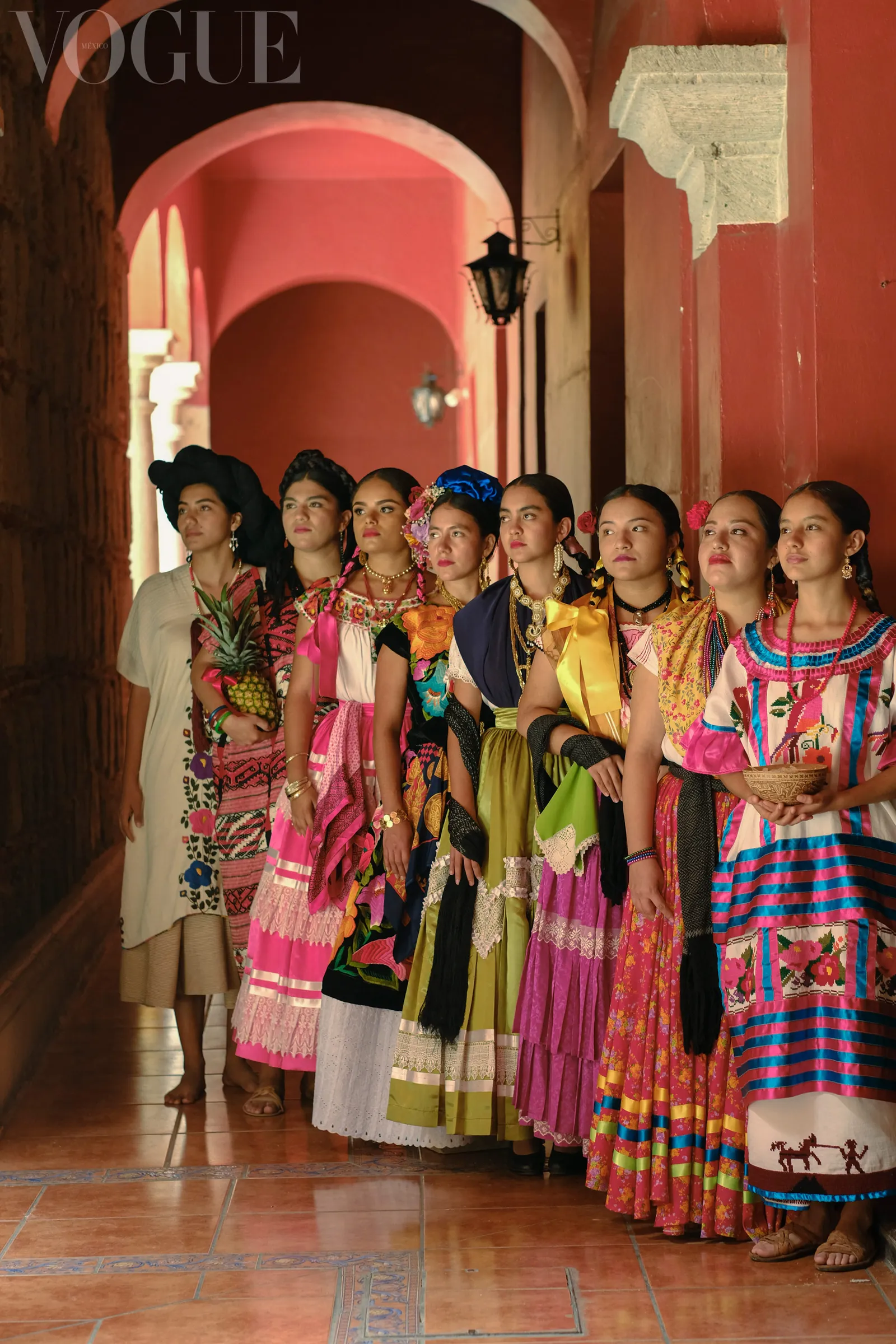The former Monastery of Santiago Apóstol was never finished but it is an architectural piece worthy in the eyes of any spectator.
Near the center of Oaxaca, there is a small settlement of Cuilápam, with the beautiful ruins of the monastery of Santiago, with a beautiful frame right on a hill above the village.
This incredible monastic architectural piece was created by Dominicans in 1555, but it was never completed.
Even so, it tells the story that through its corridors lived monks until 1663 and left the monastery half, being a grandiose work of construction, unfortunately, destroyed by the multiple earthquakes that have passed through Oaxaca.

Image by Mayla Jús
The official permission to carry out this construction was granted in 1555 by the Viceroy Luis de Velasco and set in motion by Antonio de Barbosa, who was encouraged to give the well-known first order of the project.
The Monastery of Santiago Apostol includes Gothic, Renaissance, Plateresque and Mudejar elements, combined with local decorative elements.
Unlike the monastic institutions of Mexico City or Puebla, which could have up to fifty monks, only four monks were living in the Moasterium in 1555: Domingo de Aguiñaga, Tomás Hurtado, Vicente Gómez and Antonio Barbosa.
The construction of the Monastery of Santiago Apóstol was stopped in 1570 and to this day the precise reason is unknown.

Perhaps for lack of money, or that the complex had become so luxurious that the authorities arrested him. Another well-known cause was a dispute over who should continue to pay for the construction of the royal family, the encomienda of the monastery itself.
Another possibility of abandonment of the site is that it is believed that the indigenous population was reduced from 43,000 in 1520 to 7,000 in 1600, leaving an abandoned site. In 1753, the Church and monastery were secularized, meaning that control passed from the Dominicans to ordinary priests.
The Monastery of Santiago de Apóstol had a large collection of ecclesiastical ornaments, paintings of altarpieces, and polychrome sculptures.
It served as the main building of relations between the indigenous peoples and the Spaniards and was the center of the political, economic, social, and religious life of the city for a long time.
Unfortunately, however, the authorities gradually neglected the needs of the Monastery of Santiago Apóstol, and it deteriorated to the point of abandoning its 19th-century religious functions.
The Cristero war forced the closure of the complex in 1926. When it reopened three years later, much of the site was converted into a school for rural children.
Ten years later, the school was moved and the site was declared a national monument by the National Institute of Archaeology and History in 1937.
The former monastery of Santiago Apóstol has the form of a fortress, visible from the road, and visited by Mexican and foreign tourists. The complex is on a hill and is said to be one of the most extravagant colonial constructions in Oaxaca.

A charming place very close to the capital of Oaxaca.
The Monastery of Santiago de Apóstol is generally quiet and highlights its green quarry stone and river rocks.
It highlights its combination of indigenous elements in the Christian framework, made to support the process of evangelization in the Mixtec and Zapotec peoples.
Its atrium had a practical and symbolic function, as it looked like a vast courtyard of pre-Hispanic temple teocallis with space for 20,000 people. The largest structure is an open rectangular basilica with arches decorating its exterior facades.
The board inside has a mixture of Mixtec signs and the date 1555 is written in Arabic.
The two-story Santiago de Apóstol Monastery underwent restoration work in 1962, but by that time many portraits of priests were lost altogether.
Image elements and characters from Mixtec and Zapotec religious and cultural traditions can be found in paintings and some architectural elements.

Facilitating the conversion of indigenous peoples, allowing them to recognize similarities and compatibility between old and new religions, was the purpose of the decoration in several churches in Oaxaca such as the Tepescolula Temple.
The atrium imitates the teocalli or sacred enclosure and the fresco “The Crucifixion”, on the wall of the sacristy of the Basilica, has landscapes with references to geographical features of Cuilápam.
Be sure to find out more about this wonderful state.






















